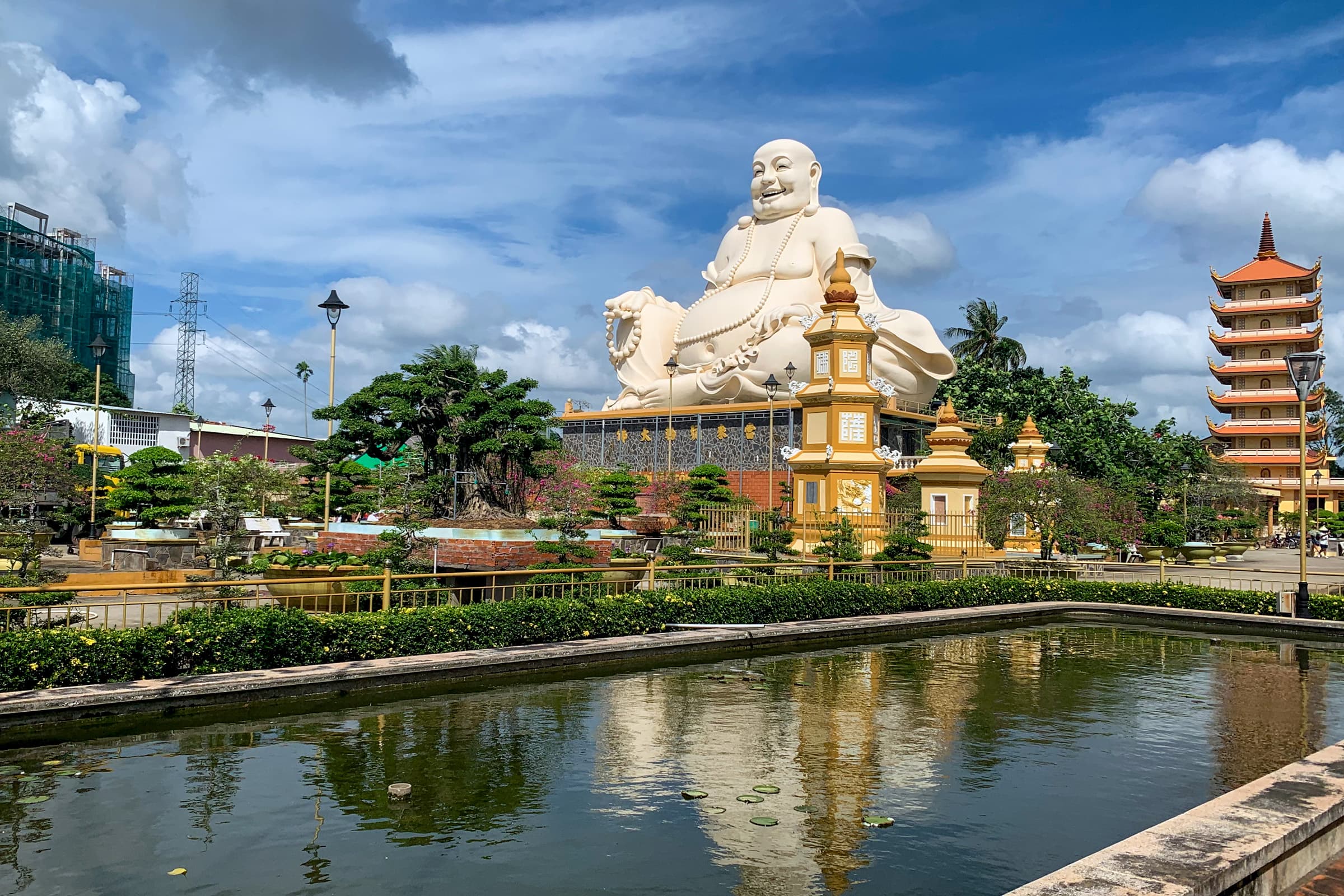Learning Vietnamese - Lesson 7
Practicing classroom phrases

Lesson 7 focused on practical Vietnamese phrases for the classroom — simple, everyday language that helps things run smoothly during lessons. These are the kinds of phrases that don’t stand out in a textbook, but are essential in real situations.
One of the first phrases covered was "Thầy ơi" or "Cô ơi" — used to get the teacher’s attention. It’s a small but important part of classroom interaction and makes it easier to speak up during activities or when something needs clarification.
Another key phrase was "Tôi không hiểu" — "I don’t understand." It’s direct, easy to remember, and a crucial part of learning any language. Paired with "Câu này có nghĩa là gì?" — "What does this mean?" — it opens the door to better understanding and more confident participation.
Questions like "Tôi có thể hỏi một câu hỏi không?" — "Can I ask a question?" and "Bạn có thể nói chậm hơn không?" — "Can you speak more slowly?" were also introduced. These are especially helpful when trying to follow instructions or keep up with spoken Vietnamese in a classroom setting.
Even logistical phrases like "Tôi có thể đi vệ sinh không?" — "Can I go to the restroom?" and "Làm ơn, giúp tôi với!" — "Please help me!" were included. While simple, they make a big difference in creating a smoother, more comfortable learning environment.
Lesson 7 was a solid step forward in building the kind of everyday Vietnamese that’s not just about vocabulary or grammar — but about navigating the learning process itself.